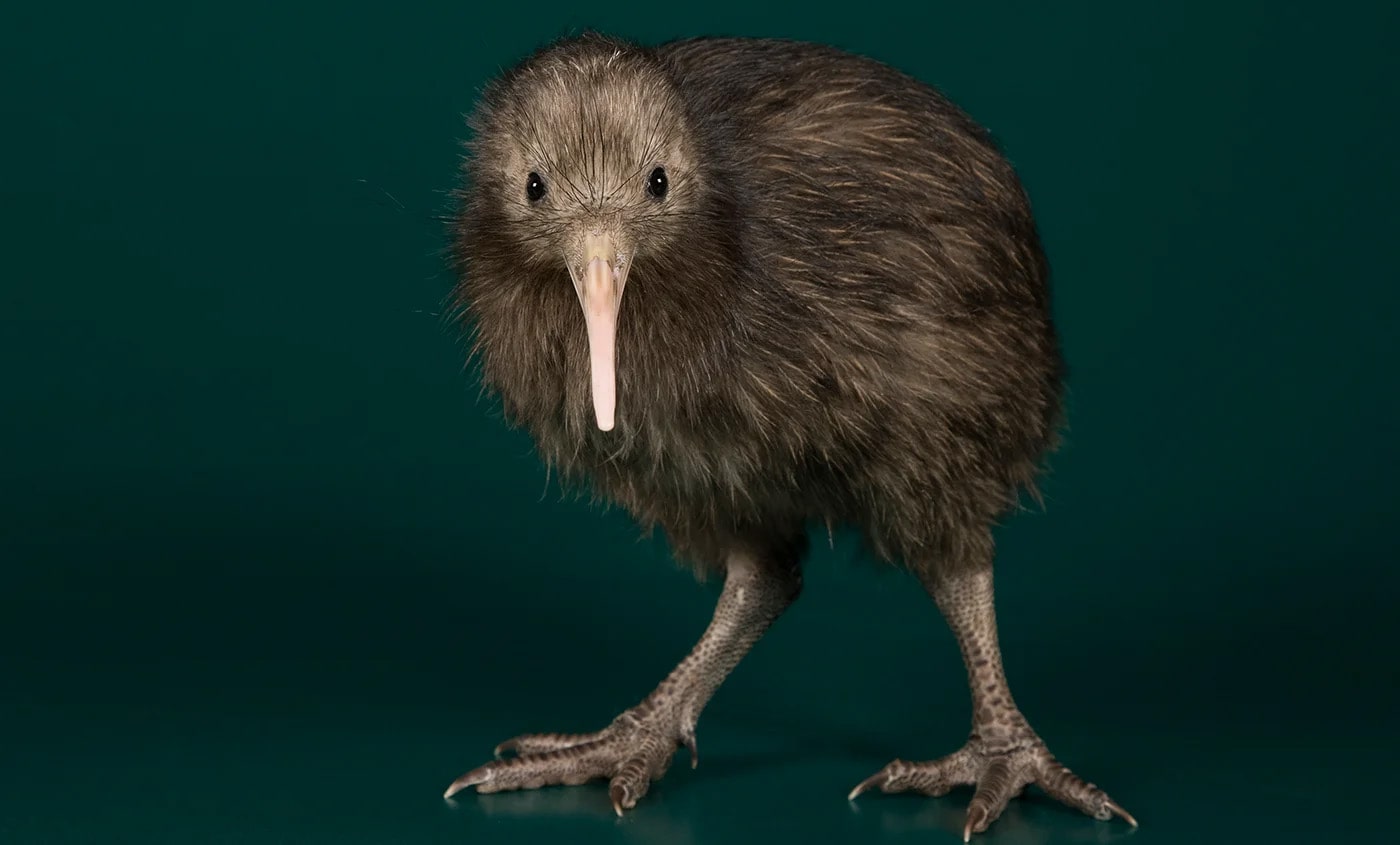
34 interesting facts about kiwis
- 👁️ 253
Kiwis, not to be confused with the fruit, are intriguing and unique birds native to New Zealand, embodying a rich part of the country’s natural heritage and cultural identity. These flightless birds are known for their distinctive features, including their long beaks and nocturnal habits. Kiwis play a crucial role in New Zealand’s ecosystems, acting as seed dispersers and helping to maintain the health of their habitats. Despite their iconic status, kiwis face significant threats that have put them on the path to conservation efforts aimed at preserving these remarkable creatures for future generations. Here are 34 interesting and informative facts about kiwis that highlight their characteristics, behavior, and the conservation challenges they face.
- Kiwis belong to the family Apterygidae and are endemic to New Zealand.
- There are five recognized species of kiwi.
- Kiwis are flightless birds, lacking the keel on the sternum where flight muscles attach in flying birds.
- They have vestigial wings, hidden within their plumage, that are too small to be used for flight.
- The kiwi’s plumage is hair-like and shaggy in appearance, providing camouflage.
- Kiwis are the only birds with nostrils at the tip of their long beaks.
- They have an excellent sense of smell, which is unusual for birds.
- Kiwis are nocturnal, foraging for food at night.
- Their diet mainly consists of insects, worms, and berries.
- Kiwis have large ear openings, giving them a keen sense of hearing.
- They lay the largest egg in relation to their body size of any bird in the world.
- A kiwi egg can weigh up to one-quarter of the female’s body weight.
- Kiwi pairs are usually monogamous, staying together for several years.
- The male kiwi incubates the eggs, a rare behavior among birds.
- Kiwi chicks hatch fully feathered and are independent from birth.
- The lifespan of a kiwi in the wild can be up to 50 years.
- Kiwis are a national symbol of New Zealand, representing the unique wildlife of the country.
- The kiwi’s sense of smell is so developed that they can detect worms underground.
- Kiwis have powerful legs, accounting for one-third of their body weight.
- They use their legs to dig burrows, where they rest during the day.
- Kiwis are solitary and territorial birds.
- Their main predators include dogs, cats, and stoats, introduced by humans to New Zealand.
- The kiwi’s whisker-like feathers around the base of their beak help them navigate and detect prey in the dark.
- Kiwis have poor eyesight, relying more on their sense of smell and hearing.
- Conservation efforts for kiwis include predator control, habitat protection, and breeding programs.
- Kiwi populations have declined significantly since human settlement of New Zealand.
- The kiwi is a taonga (treasure) to the Māori people, indigenous to New Zealand.
- Kiwis communicate through calls, which can be heard over great distances at night.
- The kiwi bird’s name is believed to come from the Māori language, mimicking the male’s call.
- Kiwis do not migrate and spend their entire lives within their territory.
- Some kiwi species are able to swim.
- Kiwi feathers have been used by the Māori in traditional cloaks called kahu kiwi.
- Efforts to save the kiwi have led to the establishment of kiwi sanctuaries across New Zealand.
- Despite conservation efforts, some kiwi species are considered to be at risk or vulnerable to extinction.
Kiwis are more than just an emblem of New Zealand; they are a living example of the country’s unique biodiversity. Their remarkable adaptations, such as their ground-dwelling lifestyle and reliance on a keen sense of smell, set them apart from other bird species. However, the kiwi’s continued existence is threatened by habitat loss and introduced predators. Conservation efforts are critical to ensuring that these iconic birds remain a part of New Zealand’s natural heritage. As awareness and support for kiwi conservation grow, there is hope that future generations will continue to be enchanted by the kiwi’s unique presence in the wild.
Kiwis, not to be confused with the fruit, are intriguing and unique birds native to New Zealand, embodying a rich part of the country’s natural heritage and cultural identity. These flightless birds are known for their distinctive features, including their long beaks and nocturnal habits. Kiwis play a crucial role…